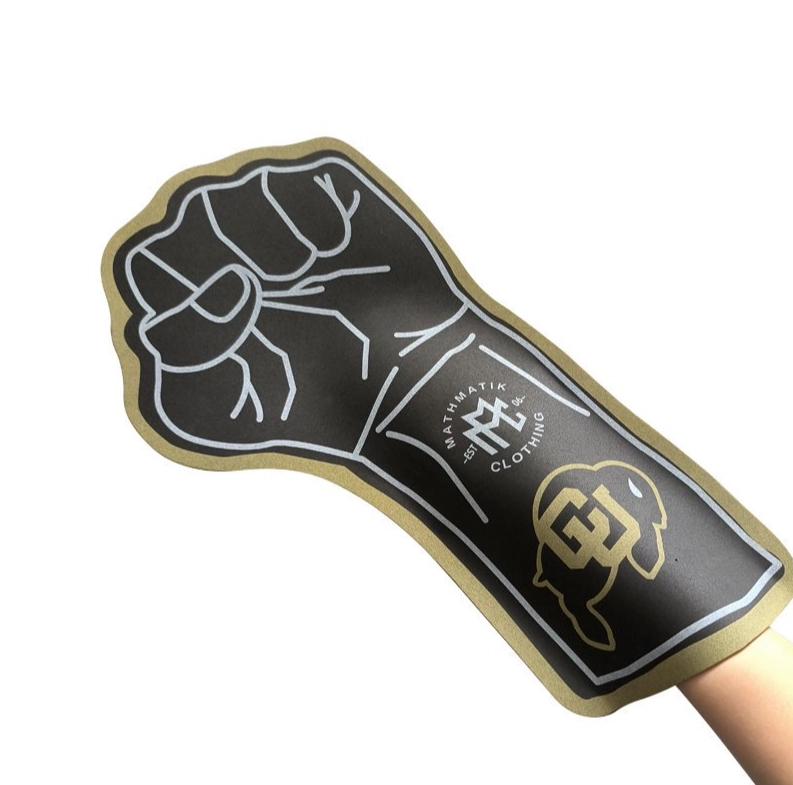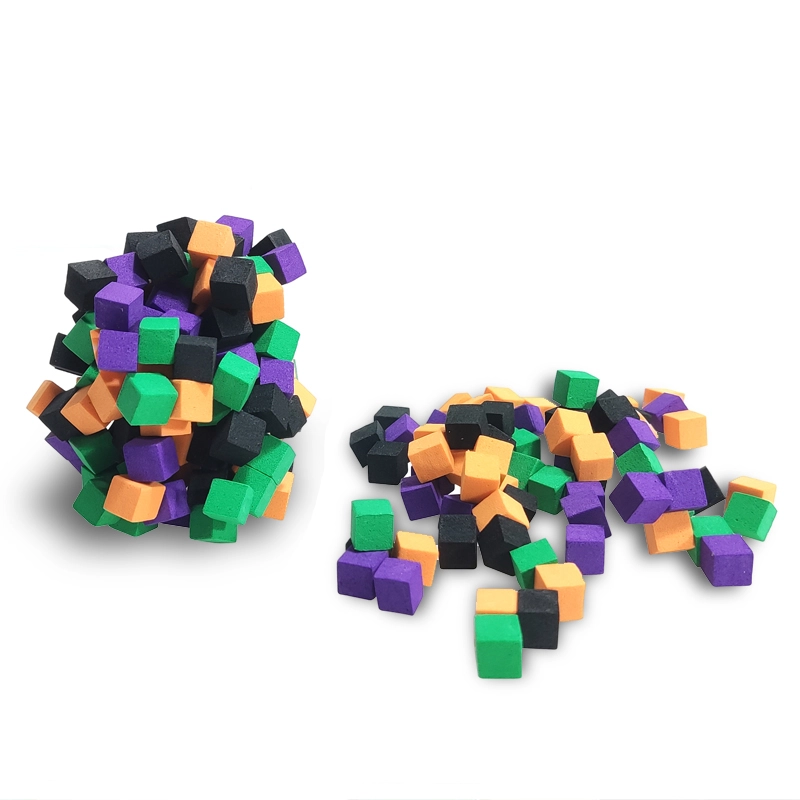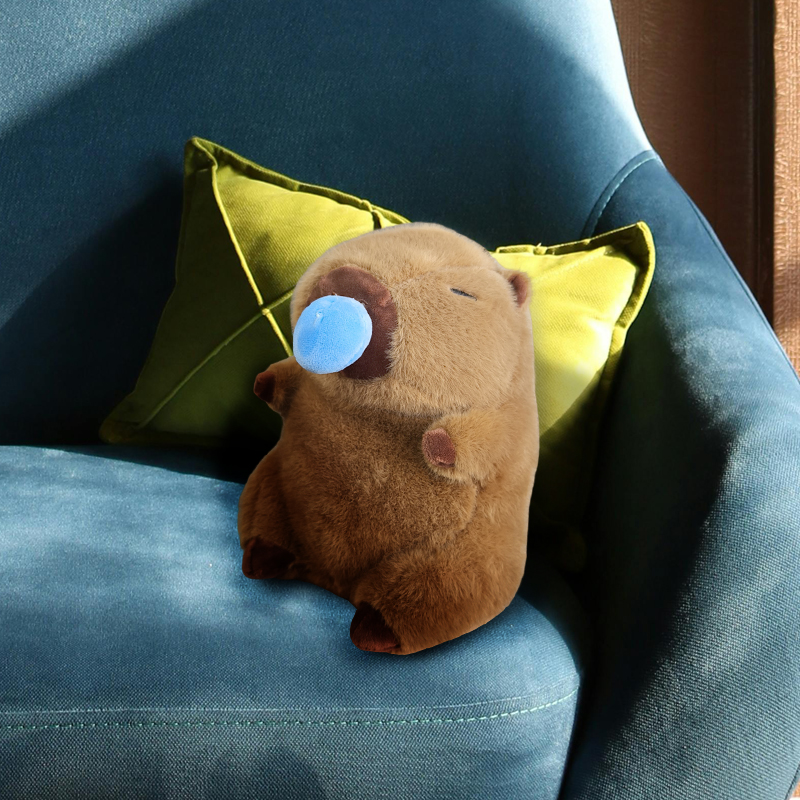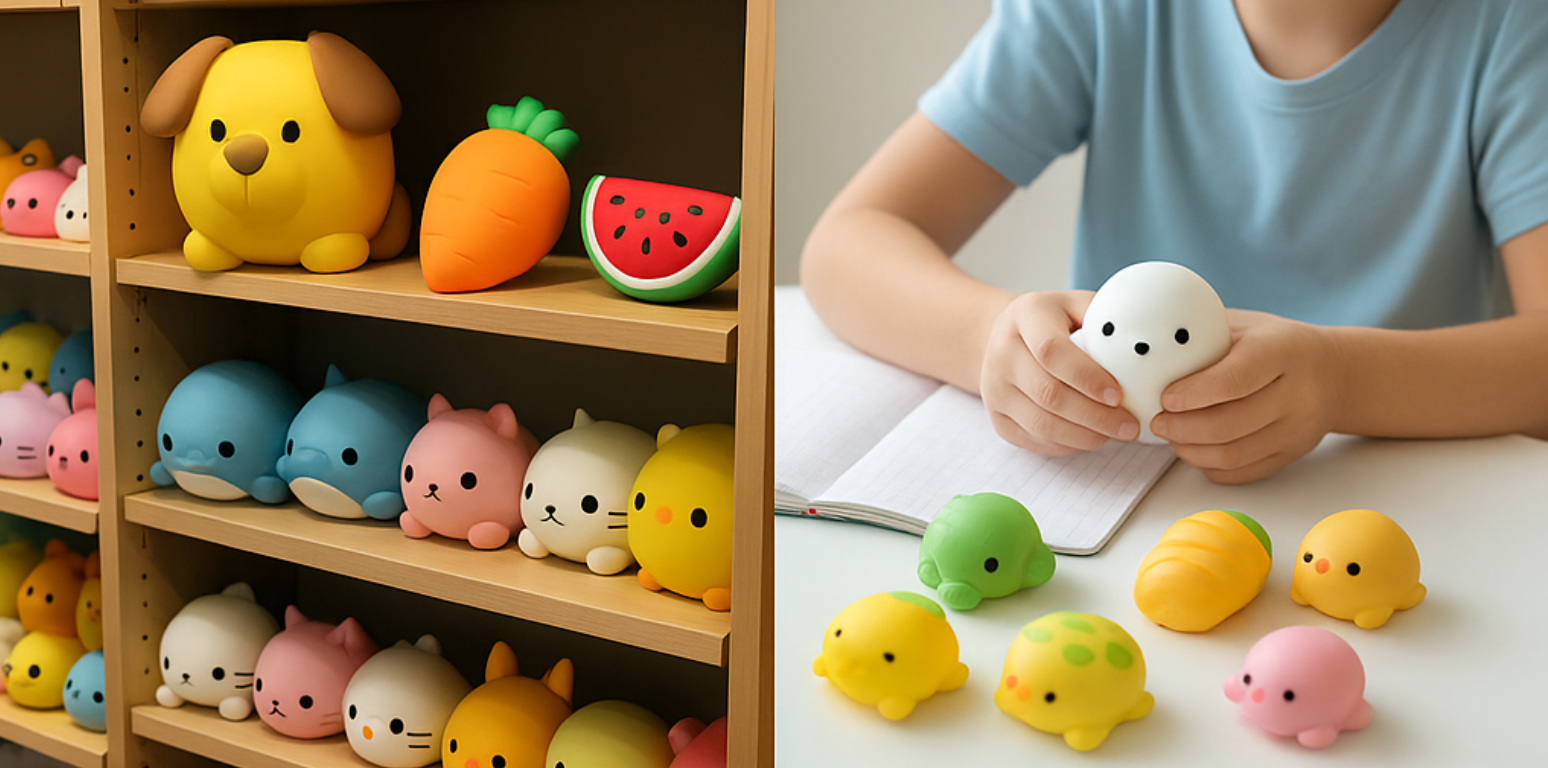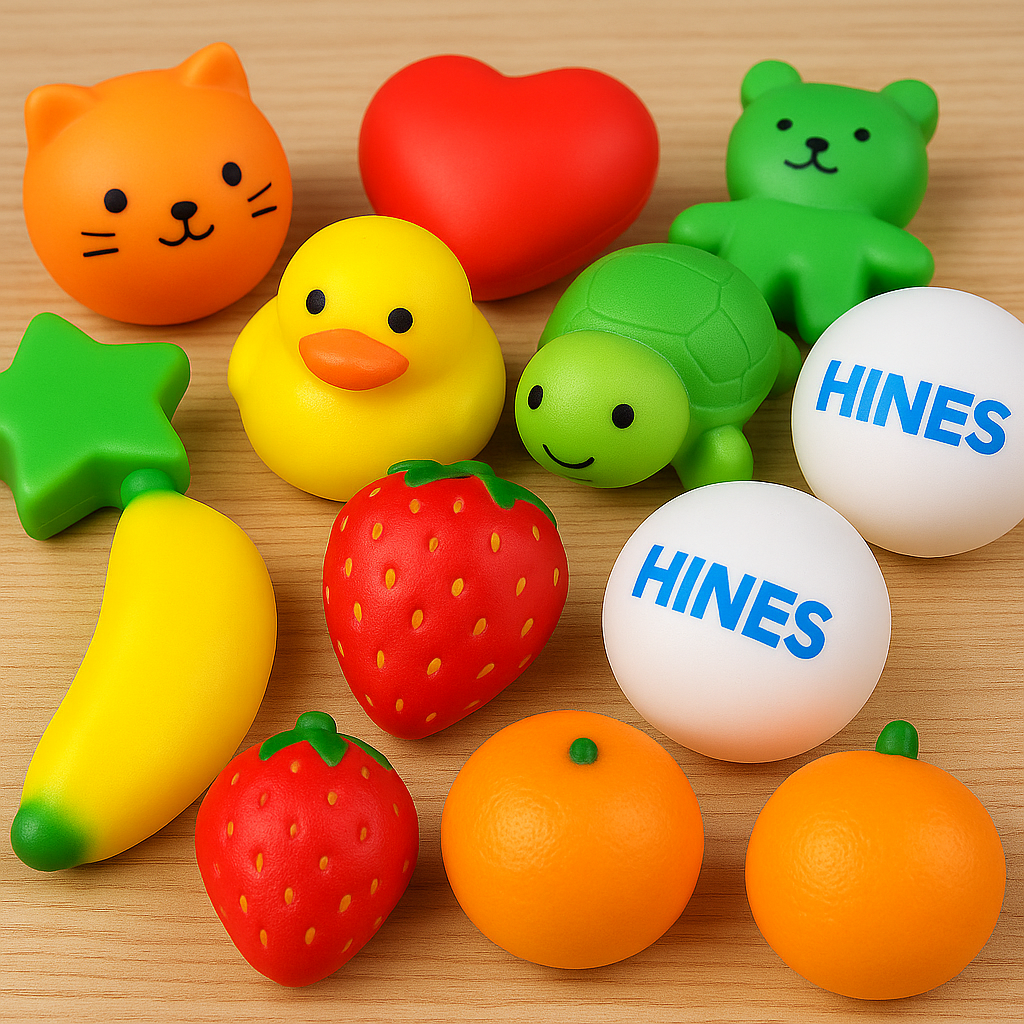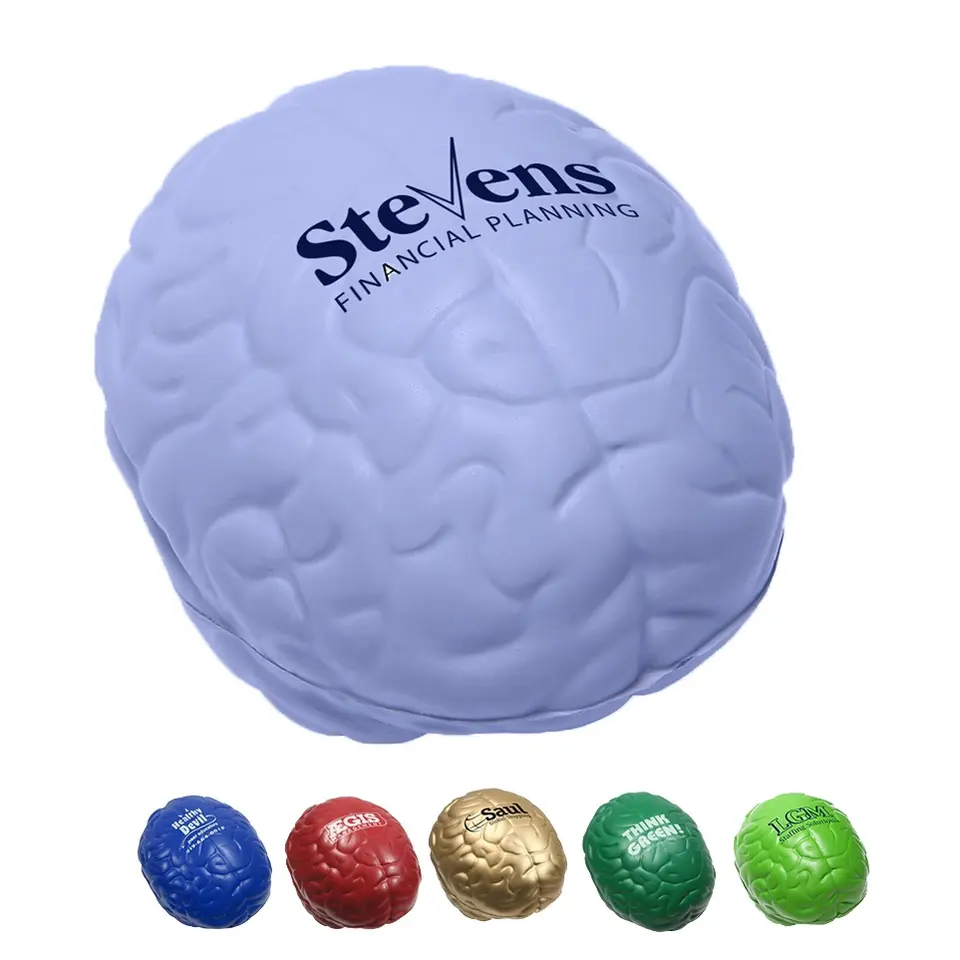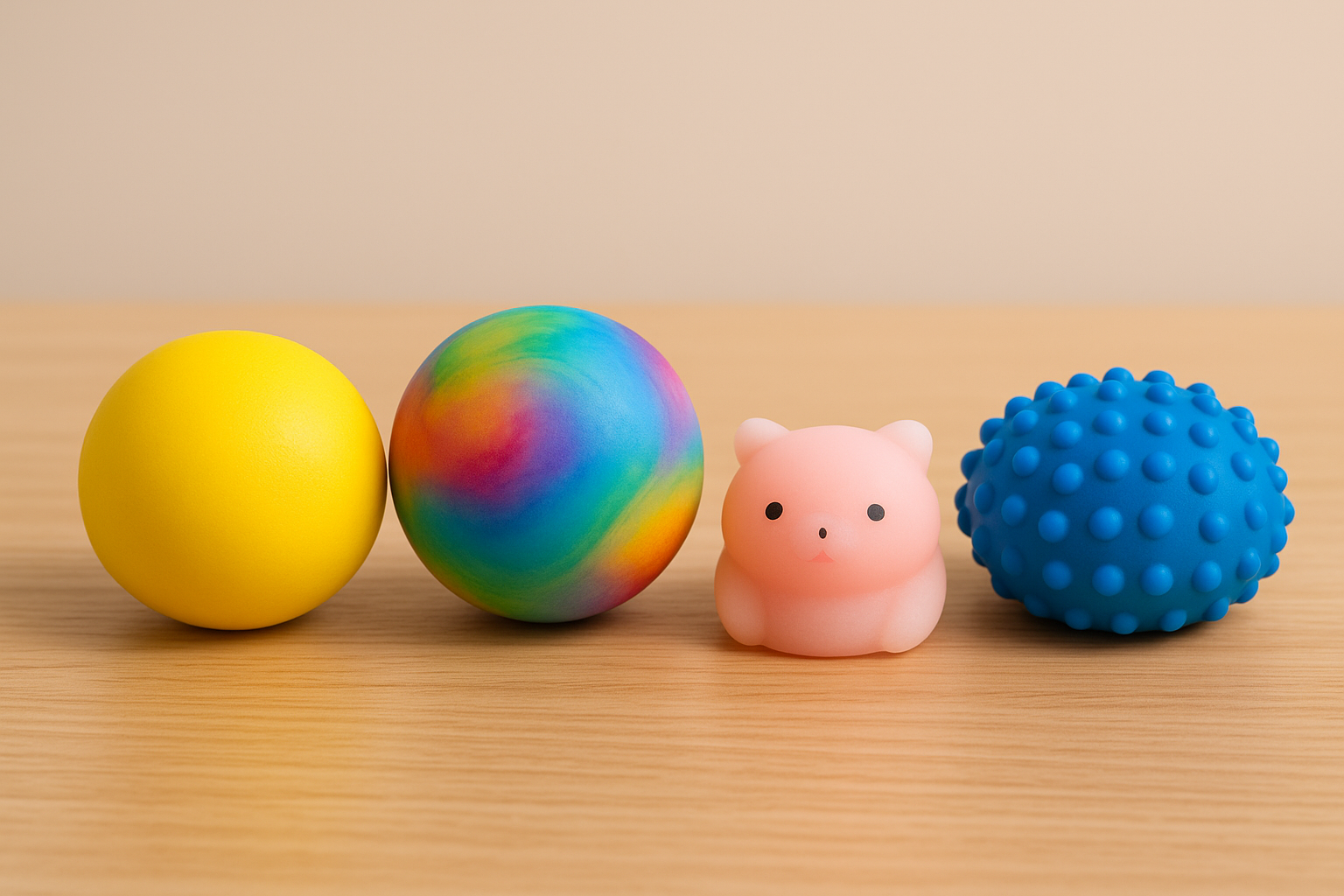
Shaping Softness: How Sensory Toy Manufacturers Engineer Texture for User Experience
When it comes to sensory toys, softness is more than a feeling—it’s an engineered experience. A true sensory toy manufacturer doesn’t just mold foam or silicone; it carefully designs texture, density, and elasticity to create emotional connections and functional benefits.
Why Texture Matters in Sensory Toys
Sensory toys are used in classrooms, offices, and therapy centers to promote focus, calm, and stress relief. The tactile sensation—the way a toy feels in the hand—is what defines whether it is comforting, distracting, or engaging.
According to the World Health Organization, tactile stimulation supports emotional regulation and attention management, making texture a key success factor in toy design. A poorly engineered surface feels cheap; a well-designed one becomes an object users reach for every day.
The Science Behind Softness
Behind every squeeze or stretch is a material science decision:
-
PU Foam: Lightweight and compressible, ideal for stress balls and promotional items.
-
TPR (Thermoplastic Rubber): Elastic and smooth, perfect for mochi squishies and tactile fidgets.
-
Silicone: Durable, hypoallergenic, and safe for intensive sensory play.
-
EVA Foam: Firm yet soft, often used in larger shapes or fitness-related toys.
Manufacturers adjust density, rebound speed, and surface finish to create a product that balances comfort + durability + safety.
ASTM International requires strict testing of these materials to ensure toys are free from harmful substances like phthalates and BPA.
Engineering Tactile Appeal
A professional sensory toy manufacturer looks at texture in layers:
-
Surface Feel: Smooth matte for stress relief, textured ridges for fidgeting.
-
Elasticity: How the toy stretches, rebounds, or compresses.
-
Weight & Balance: Affects comfort during repetitive use.
-
Color & Finish: Visual softness often complements tactile softness.
The U.S. Consumer Product Safety Commission (CPSC) stresses the importance of testing toys not only for chemical safety but also for mechanical durability—ensuring that textures don’t degrade with daily use.
Customization: Matching Texture to Purpose
Softness is not one-size-fits-all. Different audiences and applications demand tailored solutions:
-
Children: Extra-soft, slow-rising textures that feel safe and fun.
-
Therapy: Varied densities for motor training or stress management.
-
Corporate Gifting: Smooth textures that convey professionalism.
-
Promotional Campaigns: Unique shapes with branded logos, where touch reinforces memory.
By offering OEM customization, manufacturers can fine-tune textures to match real-world scenarios.
Why Hines Excels in Texture Innovation
At Hines, we treat softness as an art backed by science. Our R&D team works with PU, TPR, EVA, and silicone to deliver sensory toys that feel right for the user and safe for the market. With EN71, ASTM, and CPSIA certification, we ensure every toy not only engages the senses but also complies with global standards.
-
Multi-material expertise for different tactile goals
-
Custom molds, textures, and logo applications
-
Scalable production from small test runs to global campaigns
-
Packaging designed to preserve softness during shipping
Learn more about Hines’ approach to sensory toys on our Home page, or connect with us directly through the Contact Us section.


